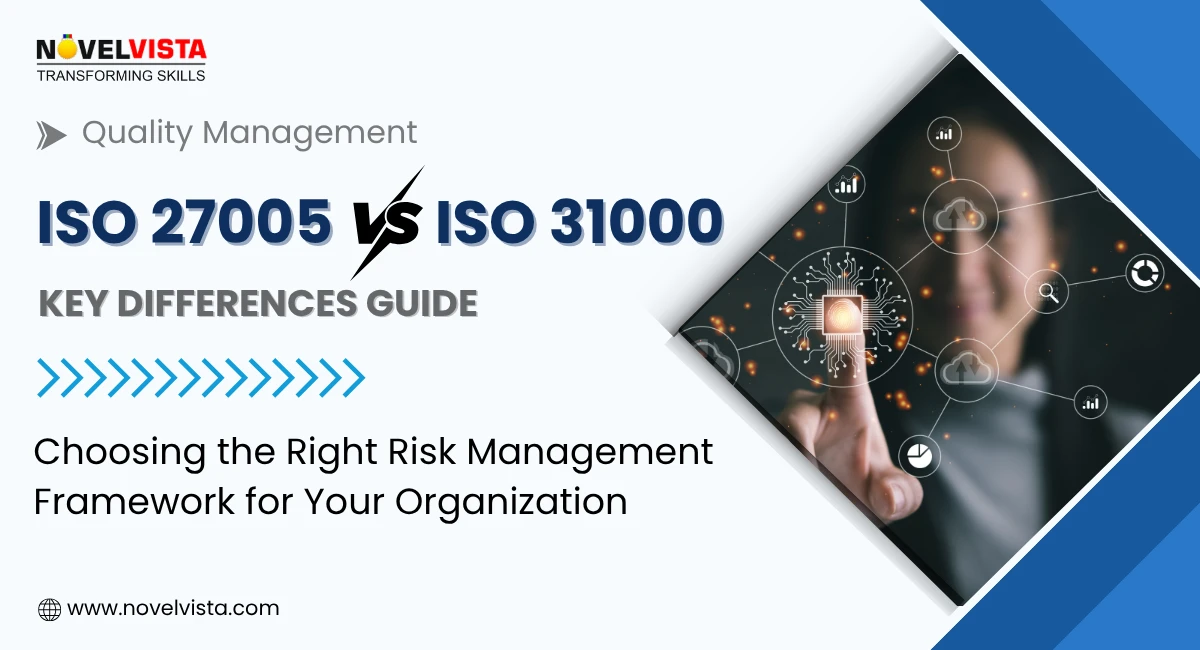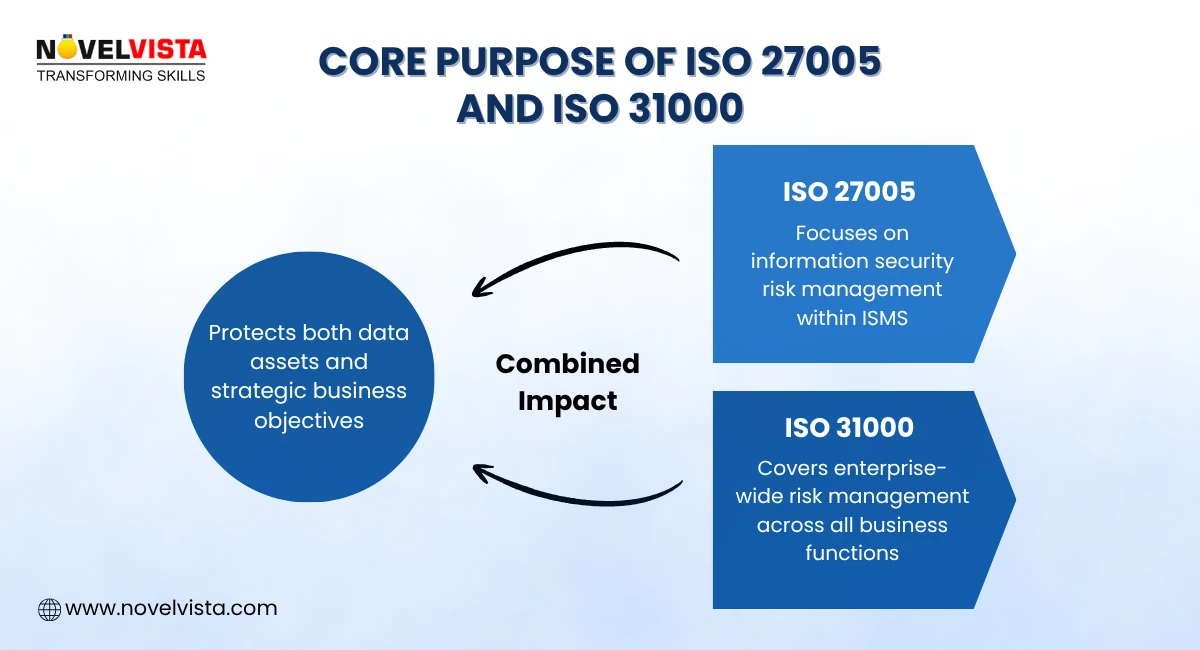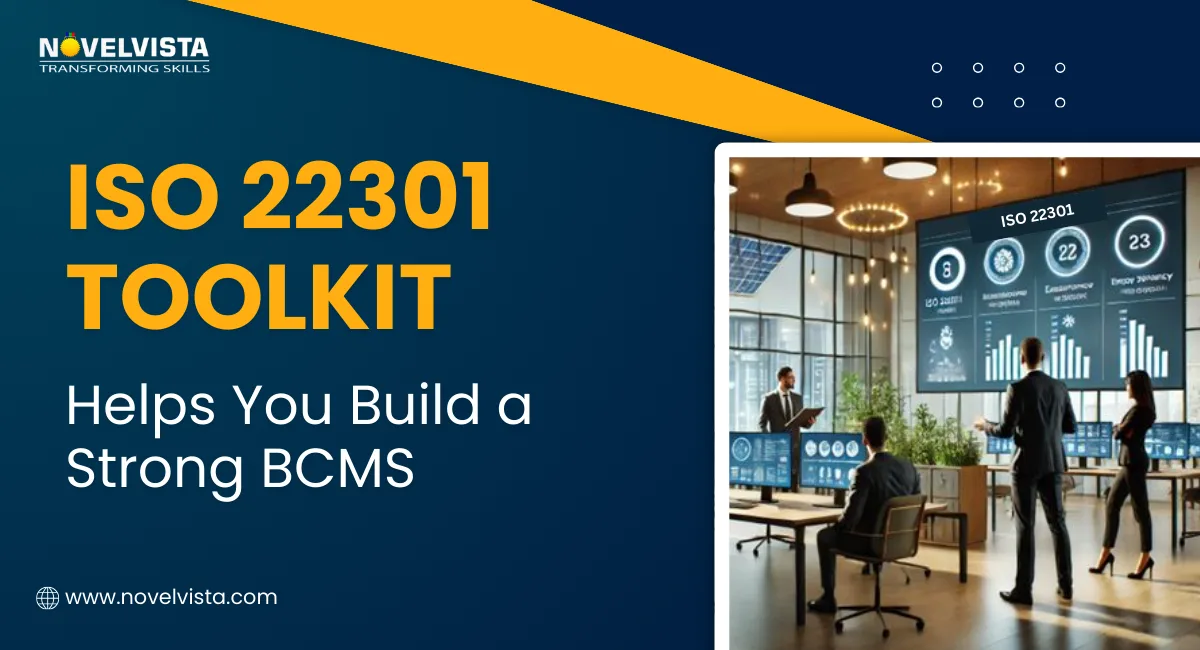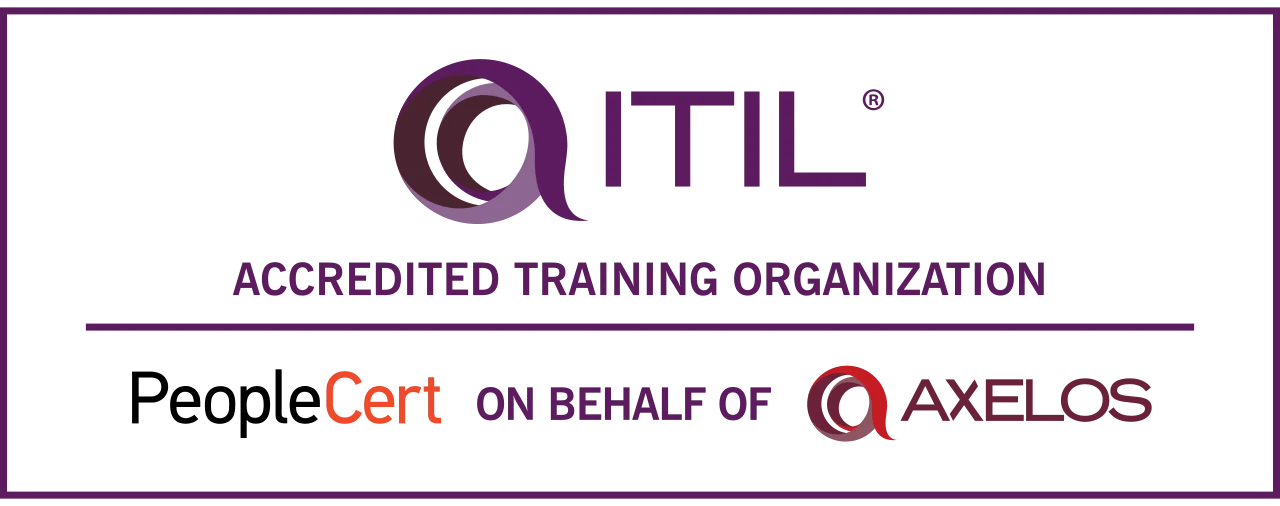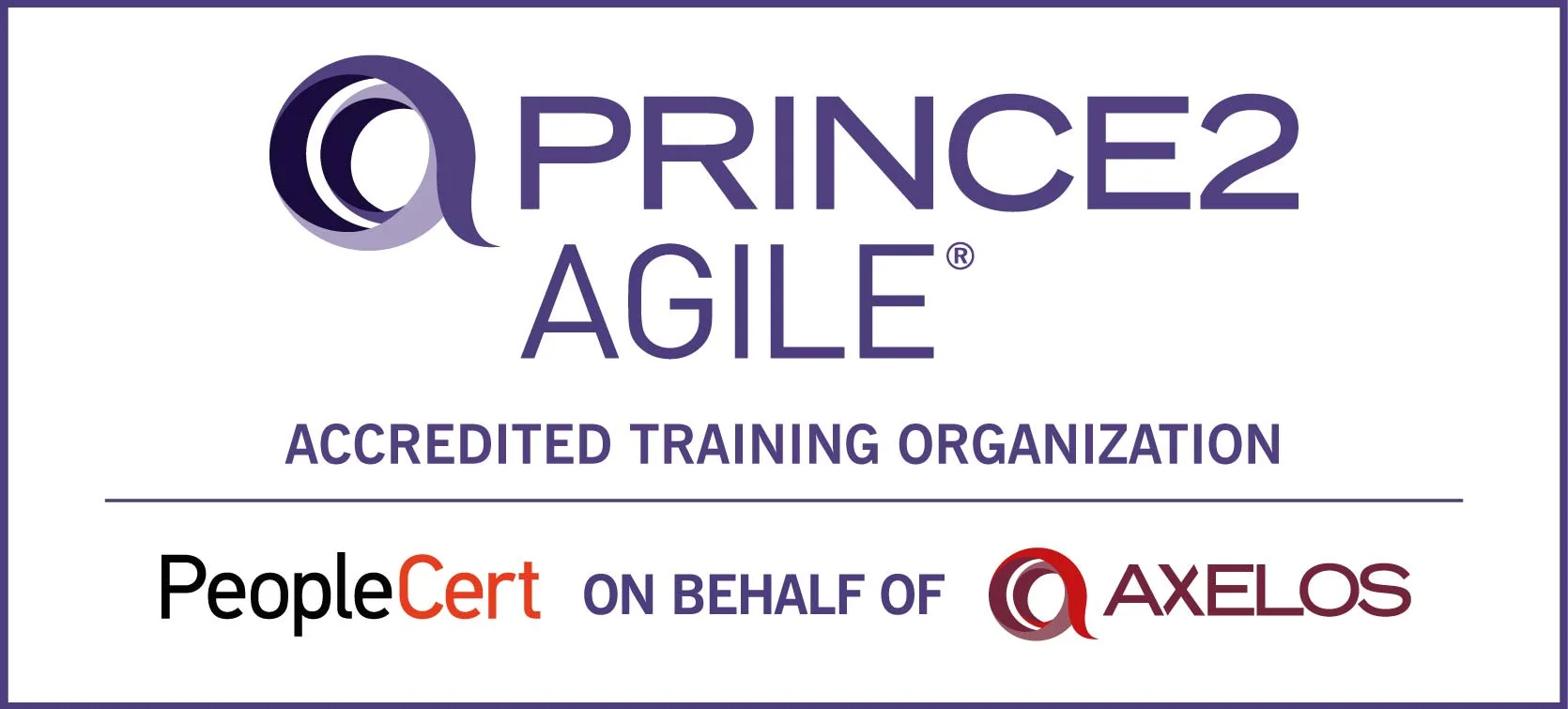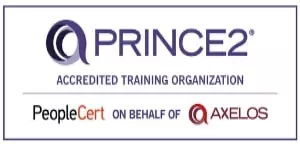- What is ISO 27005? Understanding the Standard and Its Role
- What is ISO 31000? Understanding the Standard and Its Role
- ISO 27005 vs ISO 31000: Key Differences Explained
- How ISO 27005 and ISO 31000 Complement Each Other
- Integration of ISO 27005 and ISO 31000 into Business Systems
- Global Adoption and Industry Use Cases
- ISO 27005 vs ISO 31000: Which One Should You Choose?
- Conclusion: Building Resilience Through Risk Management
When it comes to managing risks, knowing the difference between ISO 27005 vs ISO 31000 can completely change how your organization handles security and decision-making. Both are global standards for risk management — but they serve different purposes. ISO 27005 focuses on information security risks, while ISO 31000 provides a broader enterprise-wide risk framework.
This guide will help you understand the core differences between ISO 27005 vs ISO 31000, their real-world applications, and how they complement each other for stronger organizational and professional resilience.
What is ISO 27005? Understanding the Standard and Its Role
From an Organizational View
ISO 27005 is the go-to framework for managing information security risks. It supports ISO 27001, the standard for Information Security Management Systems (ISMS), by providing detailed methods for identifying, assessing, and mitigating cyber threats.
For organizations, it offers a structured process to:
- Identify threats and vulnerabilities in systems.
- Evaluate the potential impact of security incidents.
- Implement risk treatment plans to safeguard critical data and maintain compliance.
In short, ISO 27005 helps businesses strengthen their ISMS and maintain a consistent, proactive approach to cybersecurity.
From a Professional View
For professionals — especially Lead Auditors, Risk Managers, and Security Consultants — ISO 27005 provides the backbone for information security risk assessments. It teaches how to quantify risks, align controls with business goals, and maintain compliance with ISO 27001.
Those trained in ISO 27005 are equipped to bridge the gap between security frameworks and governance, making them highly valuable in industries like finance, healthcare, and IT.
What is ISO 31000? Understanding the Standard and Its Role
ISO 31000 is the universal risk management framework — it’s not limited to IT or cybersecurity. Instead, it helps organizations manage risks across all business areas, including finance, operations, legal, environmental, and strategy.
It provides principles and guidelines that help leaders make informed decisions and integrate risk awareness into every part of the organization. Businesses use ISO 31000 to:
- Create a consistent, organization-wide approach to risk.
- Improve resilience and agility.
- Support better strategic and operational decisions.
From a Professional View
For professionals, ISO 31000 certification builds expertise in enterprise risk management (ERM). Chief Risk Officers, compliance specialists, and governance consultants use it to develop frameworks that align business strategy with controlled risk-taking.
Unlike ISO 27005, which focuses on cyber threats, ISO 31000 prepares professionals to handle a broad spectrum of risks — from financial loss to supply chain disruption.
Certified ISO 31000 practitioners are highly sought after. Their expertise in enterprise risk frameworks is often a deciding factor in board-level risk governance discussions, strategic planning, and compliance assurance.
Read More: ISO 31000 Risk Management Framework ExplainedUltimate ISO Risk Management Cheat Sheet
Simplify risk decisions with this ISO 27005 & ISO 31000 guide, covering key terms, steps, and tips for audit-ready risk management.
ISO 27005 vs ISO 31000: Key Differences Explained
Here’s a clear breakdown of how ISO 27005 vs ISO 31000 differ across various aspects — for both organizations and professionals.
Aspect |
ISO 27005 (Information Security Risk Management) |
ISO 31000 (Enterprise Risk Management) |
Focus |
|
|
Scope |
Cybersecurity, data protection, and ISMS compliance. |
Enterprise-level risk governance and decision-making. |
Applicability |
|
|
Risk Management Process |
Identification, analysis, treatment, and monitoring of information security risks. |
Integration of risk into overall strategy, culture, and operations. |
Relation to Other Standards |
Complements ISO 27001 implementation. |
Integrates with ISO 9001, ISO 45001, and ISO 14001 |
Risk Types Addressed |
Cyber threats, data breaches, and insider risks |
Strategic, operational, legal, environmental, and reputational risks |
Certification Path |
ISO 27005 Risk Manager or Lead Auditor Certification |
ISO 31000 Certified Risk Professional or Lead Implementer |
Adoption Level |
Common in cybersecurity-driven sectors |
Widely adopted across global enterprises |
Both frameworks share a similar philosophy — systematic risk handling — but differ in depth and focus. ISO 27005 vs 31000 can be seen as specialized vs generalized risk management.
The distinctions above are drawn from ISO documentation, expert audit guidelines, and case studies across multiple sectors. These insights reflect both standards’ intended application and proven effectiveness in enhancing organizational resilience and security posture.
How ISO 27005 and ISO 31000 Complement Each Other
Instead of choosing one over the other, many organizations and professionals integrate both.
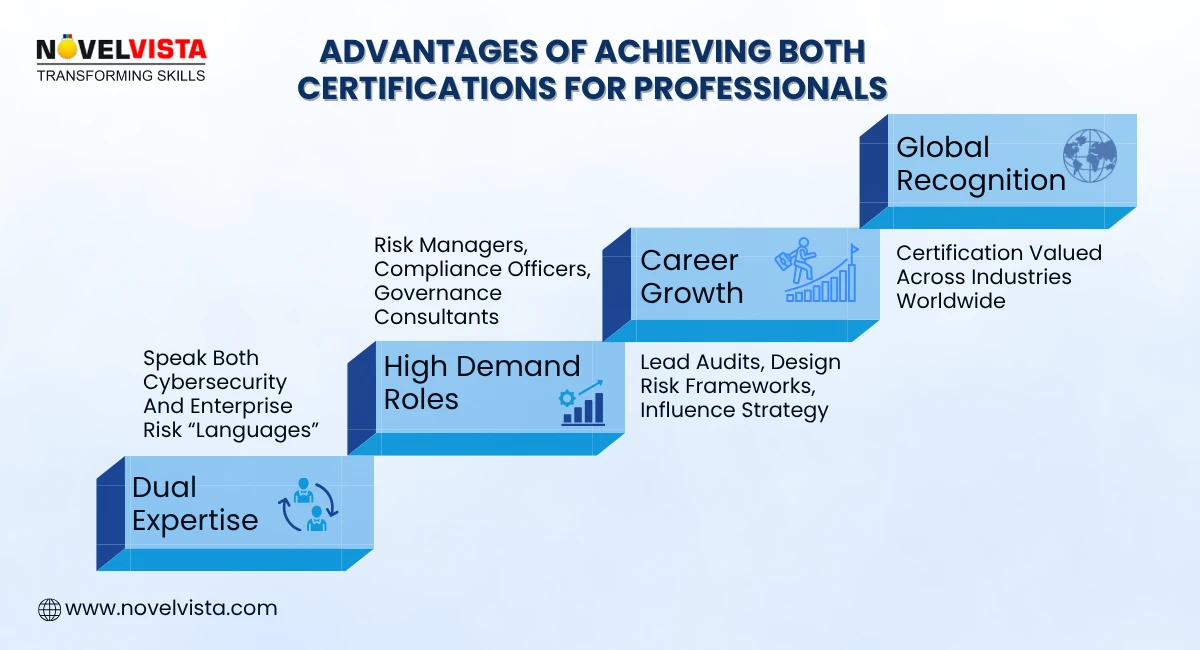
For Organizations
Think of ISO 31000 as the umbrella — it sets the foundation for enterprise risk management across all functions. ISO 27005, meanwhile, is the specialized layer that focuses on protecting information assets and IT systems. Together, they create a complete risk ecosystem that connects cybersecurity with strategic business goals.
For Professionals
Those skilled in both standards can speak two risk languages — enterprise and information security. This combination allows them to design governance models that protect data and drive business resilience.
For example, a professional who understands ISO 27005 vs ISO 31000 can align cyber risk assessments with organizational strategy, ensuring decisions are both secure and sustainable.
Integration of ISO 27005 and ISO 31000 into Business Systems
Organizations don’t need to treat ISO 27005 and ISO 31000 separately. Both can integrate seamlessly with systems like ISO 9001 (quality), ISO 20000 (service management), and ISO 27001 (security).
Steps to integrate include:
- Conduct a Gap Analysis: Compare enterprise-wide risks with IT-specific risks to identify overlaps and gaps.
- Align Policies: Develop unified policies that cover both general and cybersecurity risk principles.
- Shared Reporting: Use centralized dashboards to monitor, report, and audit risks across departments.
- Cross-Functional Teams: Establish governance groups that bring IT, compliance, finance, and operational teams together for risk oversight.
This approach ensures the organization is resilient, with a risk management system that covers both strategic and information security aspects efficiently.
Global Adoption and Industry Use Cases
Both standards see adoption worldwide, across finance, manufacturing, telecom, energy, and public sector organizations. Let’s explore some examples:
- Banking: ISO 31000 guides enterprise risk decisions while ISO 27005 secures digital banking systems against cyber threats.
- Healthcare: ISO 31000 ensures compliance with regulations, and ISO 27005 protects sensitive patient data from breaches.
- Tech Firms: ISO 27005 strengthens ISMS for IT infrastructure, while ISO 31000 supports long-term strategic risk planning.
These case studies show how ISO 27005 vs ISO 31000 work together to create both operational security and strategic resilience, giving organizations a competitive advantage in risk management.
ISO 27005 vs ISO 31000: Which One Should You Choose?
For Organizations
- Data- or IT-focused risks: ISO 27005 is essential to protect information assets.
- Overall business continuity and strategic risks: ISO 31000 provides the best framework.
For Professionals
- Cybersecurity specialists and IT risk managers: Start with ISO 27005 for in-depth information security skills.
- Risk managers, compliance officers, and governance consultants: ISO 31000 enhances enterprise-wide risk expertise.
- Dual expertise: Professionals knowledgeable in both standards are in high demand globally and can bridge IT and business risk management seamlessly.
In short, ISO 27005 vs 31000 is not about replacing one with the other — it’s about using them together for a complete risk management solution.
Also Read: COSO ERM vs ISO 31000: Comparing Top Risk Management FrameworksConclusion: Building Resilience Through Risk Management
Understanding ISO 27005 vs ISO 31000 empowers both organizations and professionals. ISO 31000 lays the foundation for enterprise-level risk governance, while ISO 27005 adds depth for information security. Combined, they ensure that every decision, system, and process is risk-informed and protected.
Professionals and businesses that master both are better equipped to handle modern challenges, from cyber threats to strategic uncertainties, ensuring long-term resilience and confidence in decision-making.
Next Step:
Take your expertise further with NovelVista’s ISO 27005 and ISO 31000 Risk Management Certifications. Learn practical frameworks for enterprise and IT risk management, gain hands-on skills for audits, and become a trusted professional in building resilient organizations globally.
Frequently Asked Questions
Author Details

Vaibhav Umarvaishya
Cloud Engineer | Solution Architect
As a Cloud Engineer and AWS Solutions Architect Associate at NovelVista, I specialized in designing and deploying scalable and fault-tolerant systems on AWS. My responsibilities included selecting suitable AWS services based on specific requirements, managing AWS costs, and implementing best practices for security. I also played a pivotal role in migrating complex applications to AWS and advising on architectural decisions to optimize cloud deployments.
Confused About Certification?
Get Free Consultation Call

